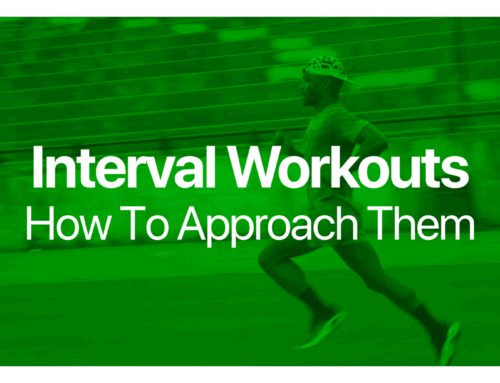Repetition pace built into the VDOT Calculator and V.O2 apps is designed to improve anaerobic power, running speed and economy (the amount of oxygen consumed relative to the runner’s body weight and speed). The key is understanding how to effectively incorporate Reps into your training plan.
Effort
The intensity of running at Repetition pace puts considerable stress on the body to provide energy anaerobically, which in turn produces beneficial changes in anaerobic pathways, where fuel is converted to energy in the absence of adequate oxygen. One approach is to run Reps at roughly your current mile-race pace. For runners whose primary event of interest is 5k or longer we recommend running 6 seconds per 400m faster than your current Interval pace.
Benefits
Repetition training is the major type of training whose purpose is not aerobic. The benefits are associated more with running mechanics and anaerobic metabolism than with aerobic factors. By practicing at Repetition pace you learn to run more relaxed and faster, and race pace becomes more comfortable because you recruit the exact muscle fibers needed for economical running. These are muscle cells that allow you to run fast with minimal effort.
Training Suggestions
So, how do you accomplish the benefits of Repetition training and become more comfortable and efficient while running? First, establish your Repetition pace by calculating your current VDOT, then navigate to the Training tab on the VDOT Calculator. Then, the key is practicing this task as much as possible while avoiding undue fatigue. To perform a fast pace for quite a while you need to keep the workbouts shorter and ensure proper recovery between each.
With adequate recovery time a great deal of quality running can be achieved without losing good mechanics. If the recovery time is not adequate, stress mounts, running mechanics deteriorate and the purpose of this type of training is destroyed. With Rep training the recovery time must allow each subsequent run to be just as efficient as the first workbout in the session. Simply put, you recover until you feel you can perform the next run as well as you did the previous run. If you need 5 minutes to recover from 1.5 minutes of Rep running, then take 5 minutes, but it’s important recoveries don’t drag so long that you become stiff, cold or tense before starting the next.
We recommend avoiding Reps that last longer than 2 minutes at your Rep pace. Typically, Reps vary from 200m-600m at a time and the rest (jogging) equals the same distance or roughly double the duration it takes you to complete the Rep (E.g. 8 x 200m w/200m jog between).
Hill Repeats
Hill repeats, or short and fast uphill workbouts, are essentially Reps with added resistance. Hill work produces some of the same benefits as reps, including better economy and power that aids speed. We recommend incorporating hill training on a treadmill sometimes because it allows you to eliminate downhill running which can lead to injuries from repeated landing shock.
The amount of quality running in a true Rep session can be up to 5% of your current weekly mileage, with an upper limit of 5 miles or 8k meters. For instance, a 5k runner who is running 50 miles (80km) per week would typically run up to 10 x 400m Reps with 400m jog between each in one session.
For more information, refer to Daniels’ Running Formula or email us at info@vdoto2.com.





Leave A Comment